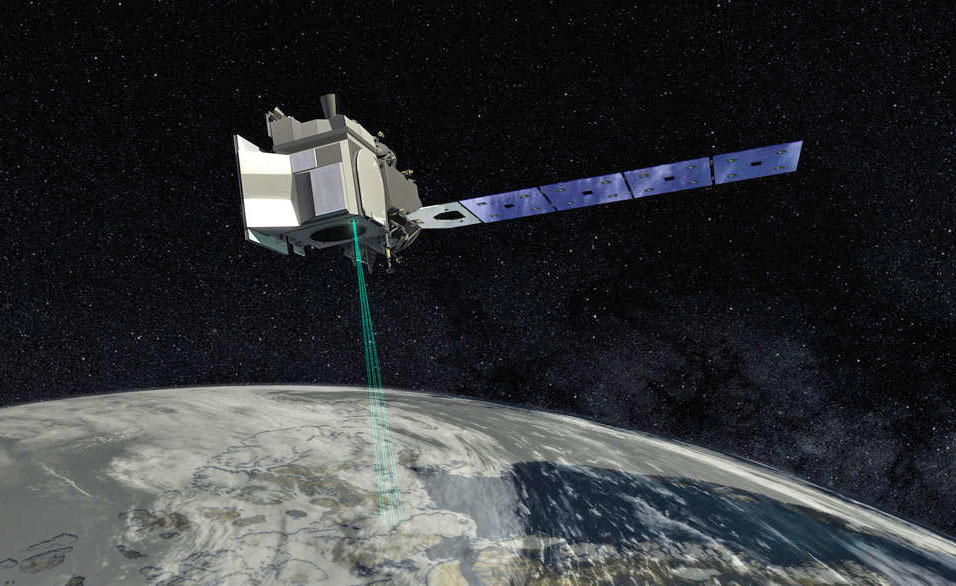
Photo: NASA
NASA counted down Saturday to the launch of its $1 billion ICESat-2 mission, using advanced lasers to uncover the true depth of the melting of Earth's ice sheets.
The mission will inform sea level rise forecasts and is "exceptionally important for science," according to Richard Slonaker, ICESat-2 program executive at NASA.
The half-ton satellite should reveal unprecedented detail about the current thickness of ice at the vulnerable polar regions as the climate warms.
The weather forecast was 100 percent favorable for the 40-minute launch window opening at 8:46 am (1246 GMT) on Saturday from Vandenberg Air Force Base in California.
The measurements will be "extremely precise," down to the width of a pencil, said team member Kelly Brunt.
It has been nearly a decade since NASA had a tool in orbit to measure ice sheet surface elevation across the globe.
The preceding mission, ICESat, launched in 2003 and ended in 2009. From it, scientists learned that sea ice was thinning, and ice cover was disappearing from coastal areas in Greenland and Antarctica.
In the intervening nine years, an aircraft mission, called Operation IceBridge, has flown over the Arctic and Antarctic, "taking height measurements and documenting the changing ice," NASA said.
But an update is urgently needed.
Humanity's constant reliance on fossil fuels for energy means planet-warming greenhouse gases are continuing to mount.
Global average temperatures are climbing year after year, with four of the hottest years in modern times all taking place from 2014-2017.
Ice cover is shrinking in the Arctic and Greenland, adding to sea level rise that threatens hundreds of millions of people along the coastlines.
ICESat-2 should help scientists understand just how much melting the ice sheets are contributing to sea level rise.
"We are going to be able to look at specifically how the ice is changing just over the course of a single year," said Tom Wagner, cryosphere program scientist at NASA.


